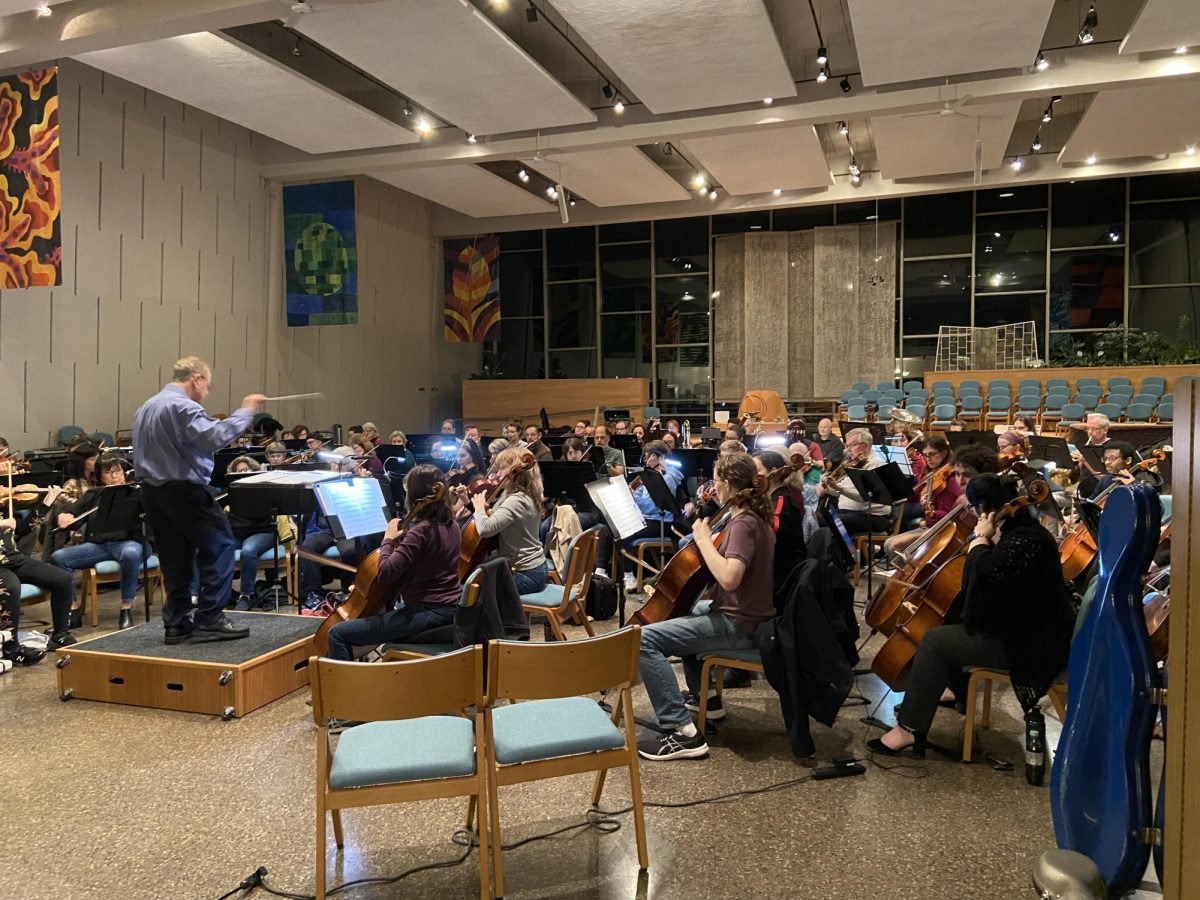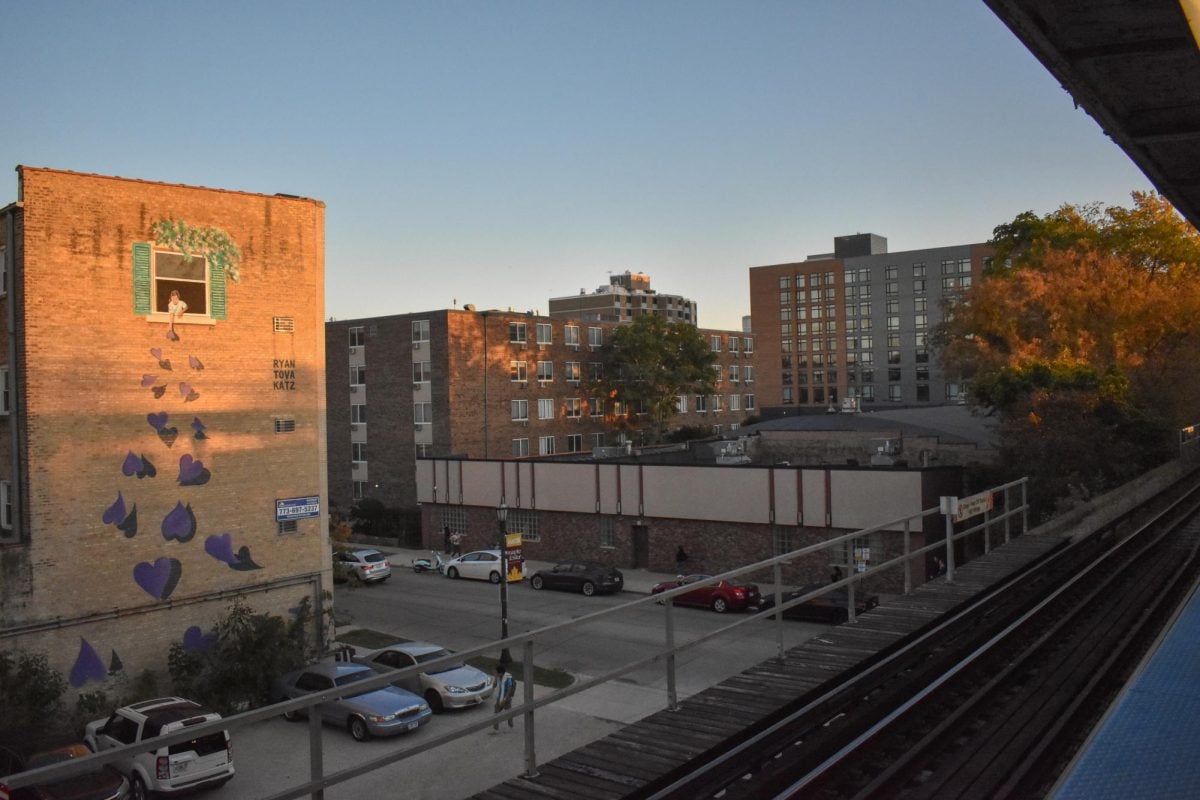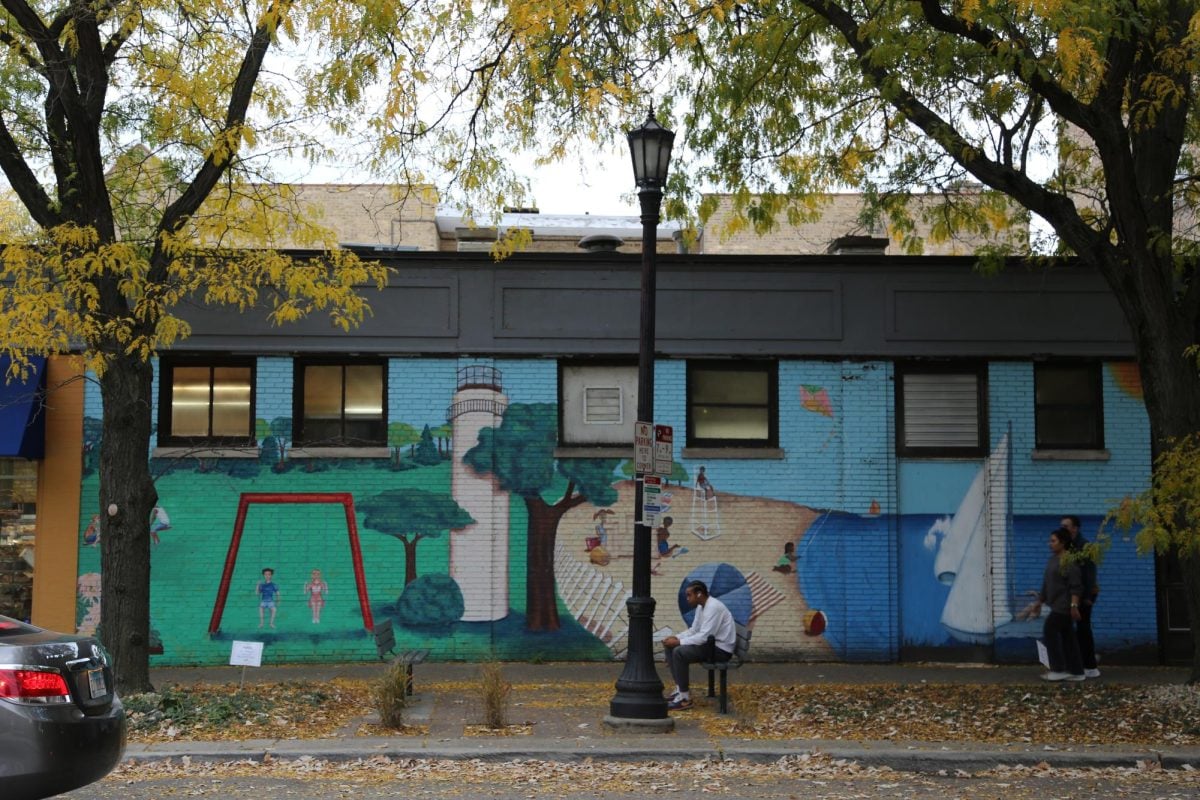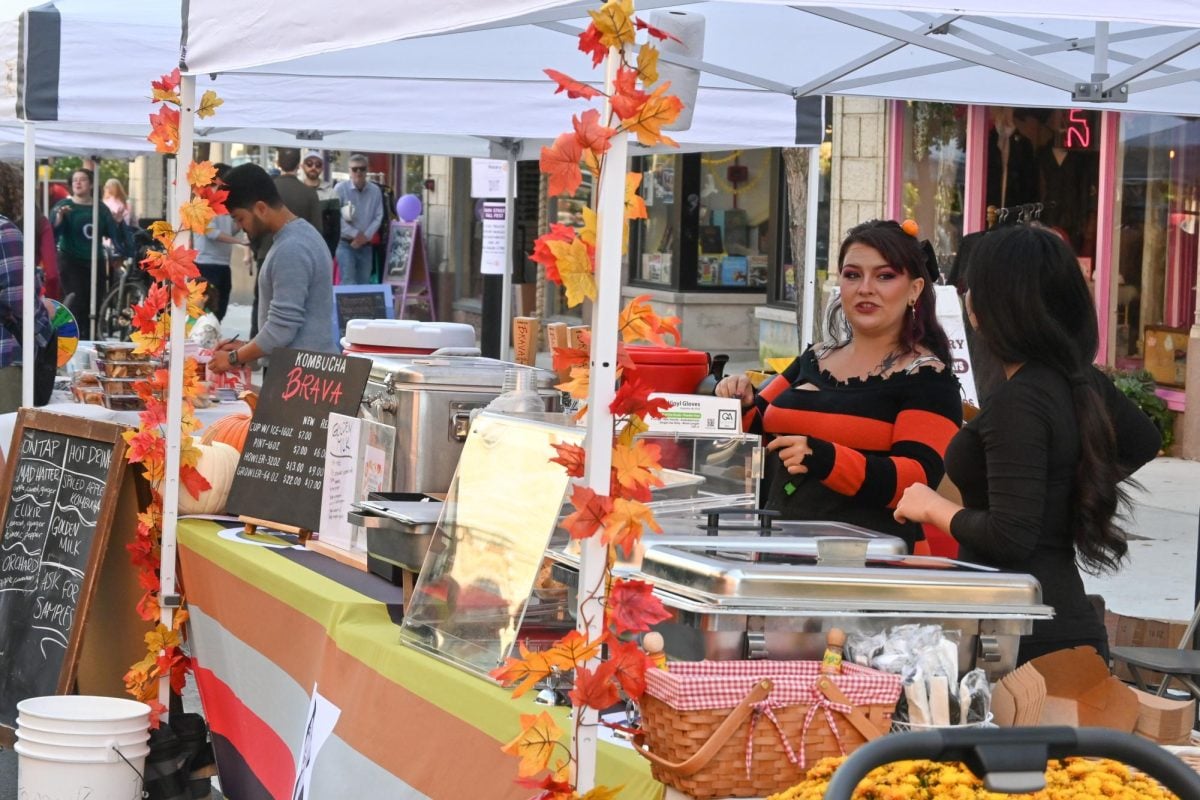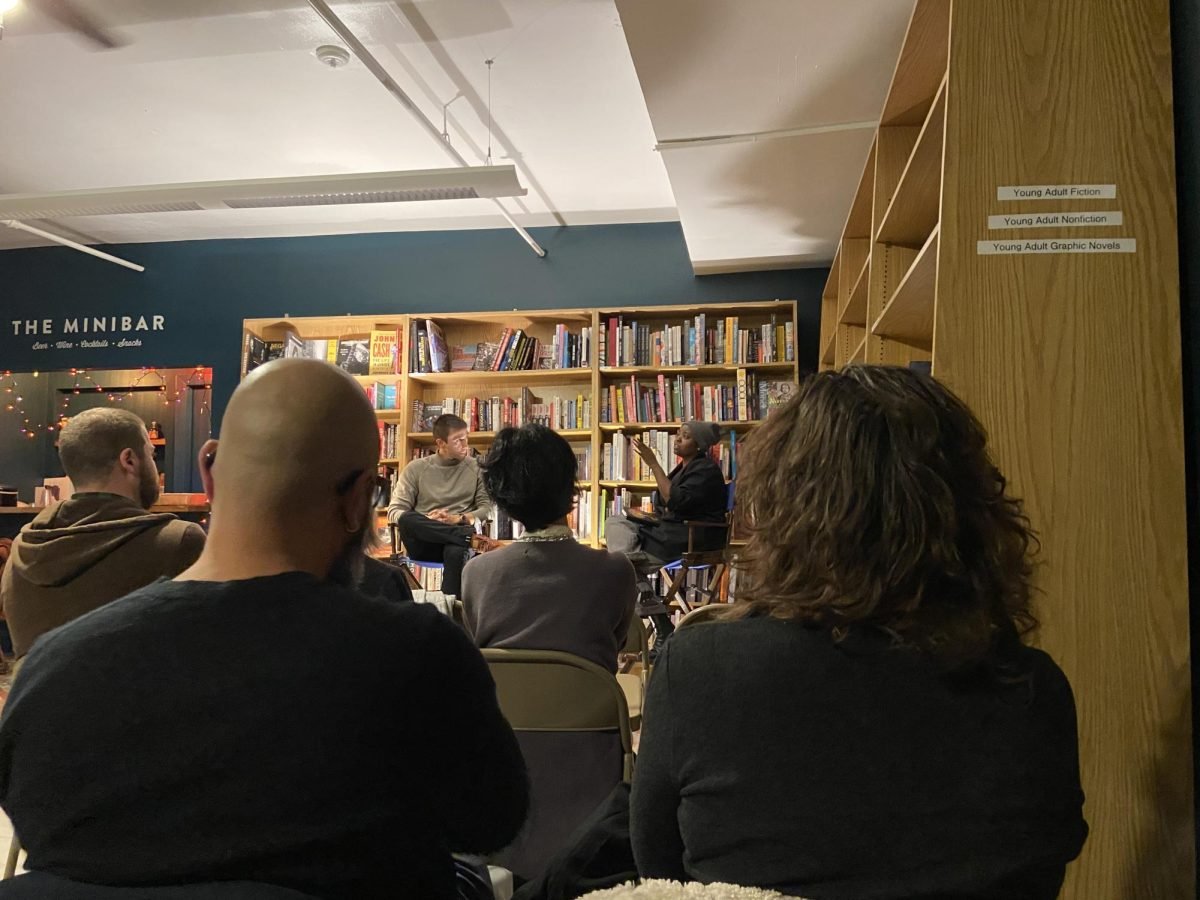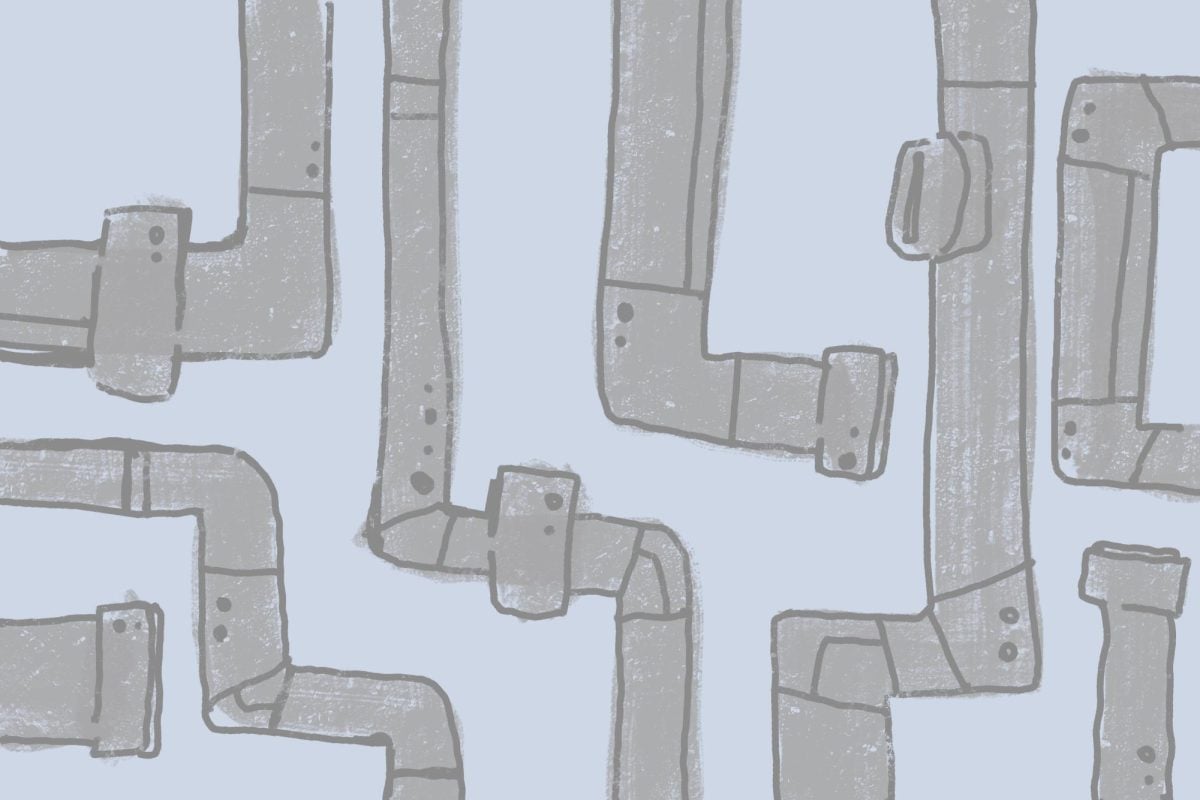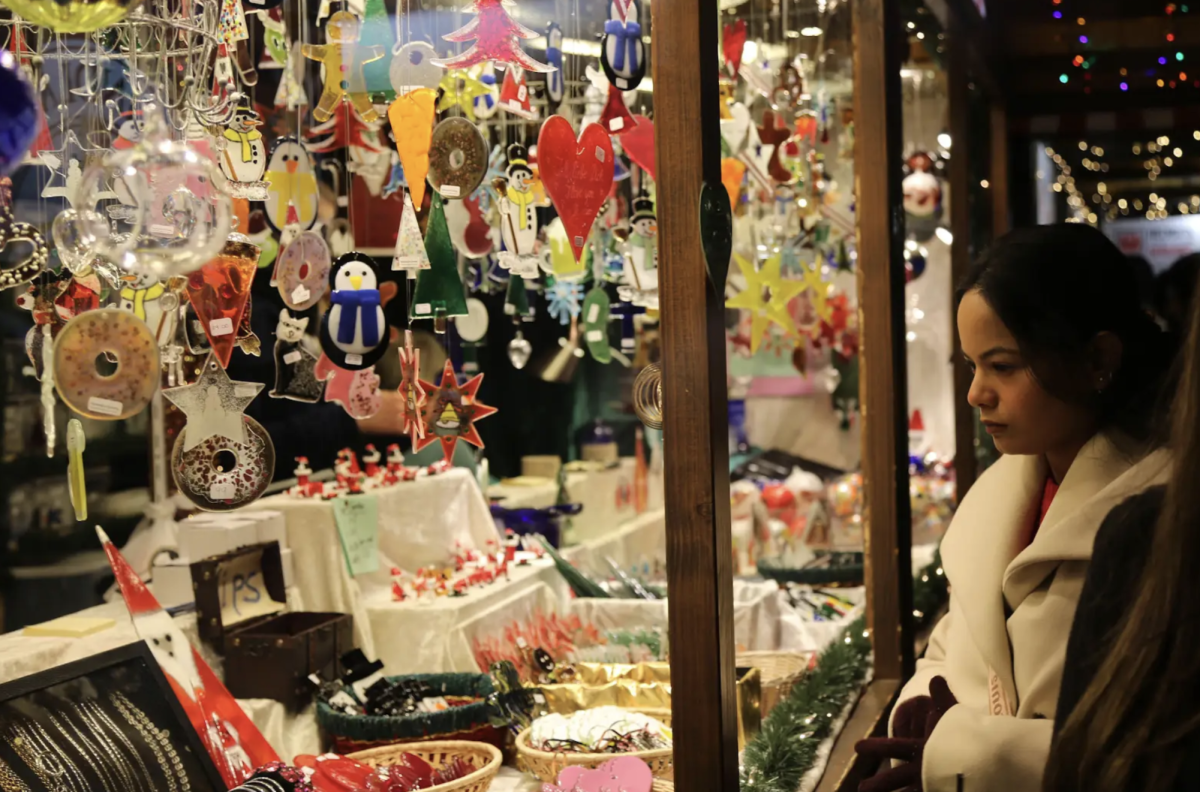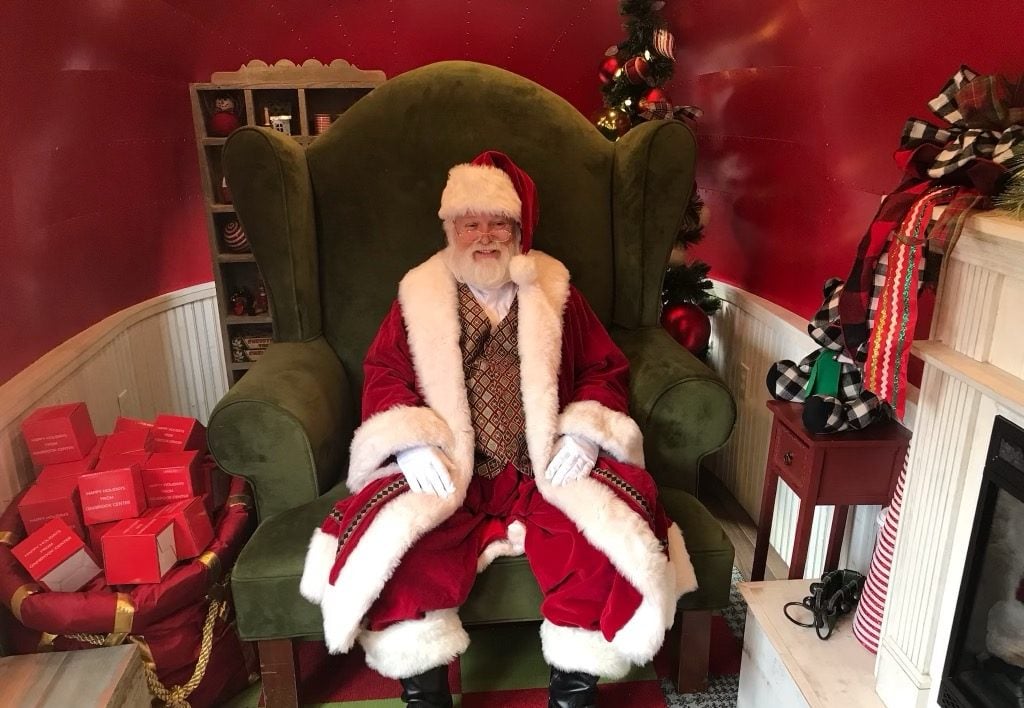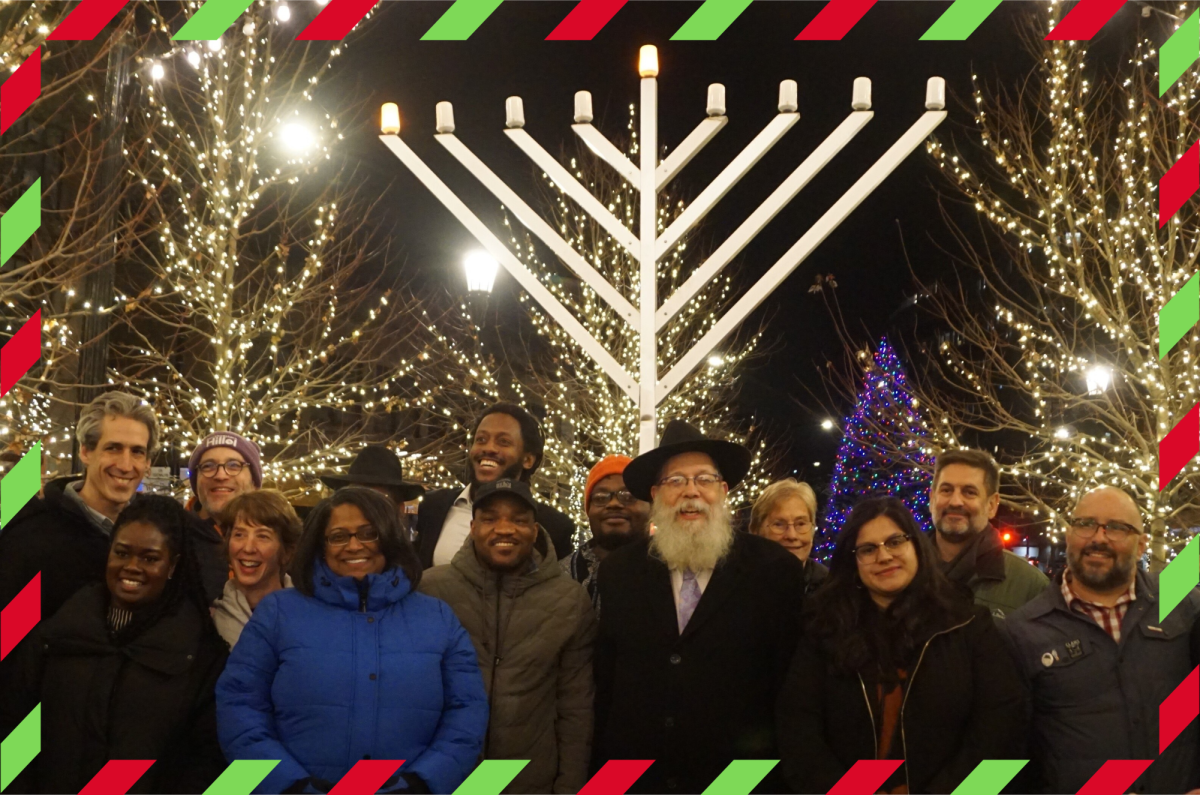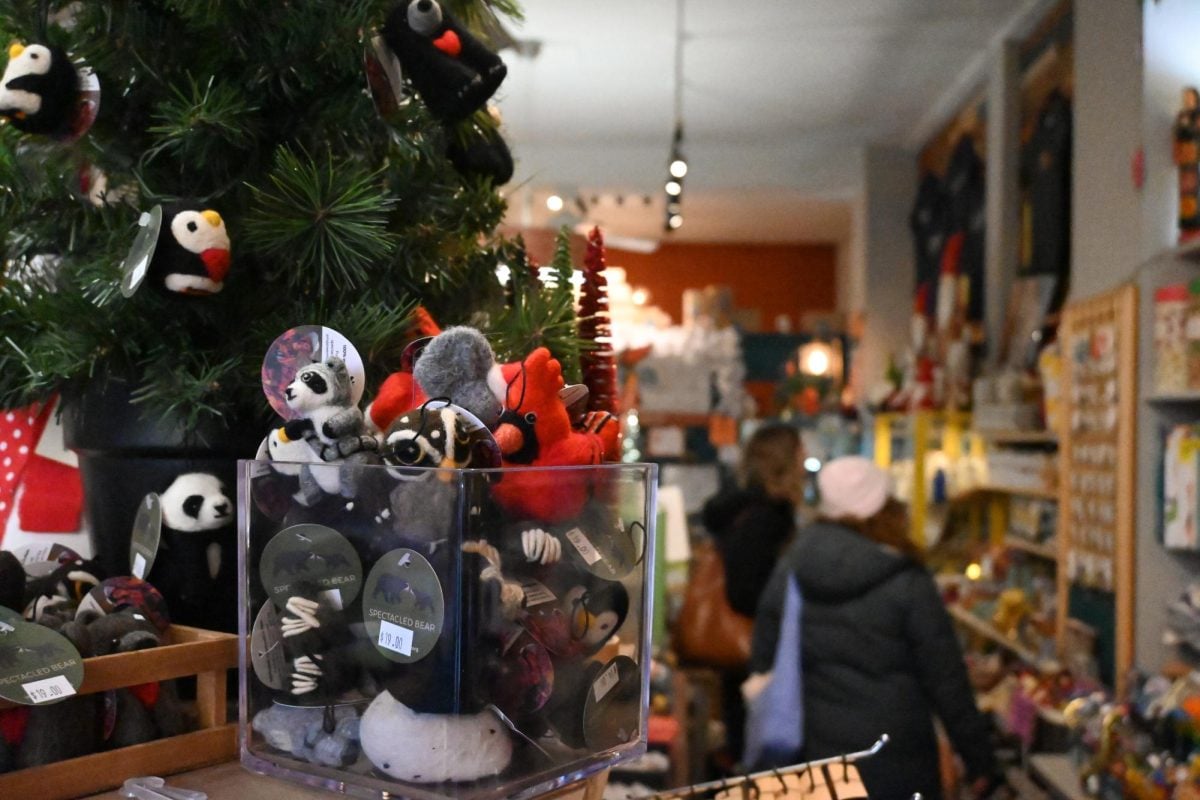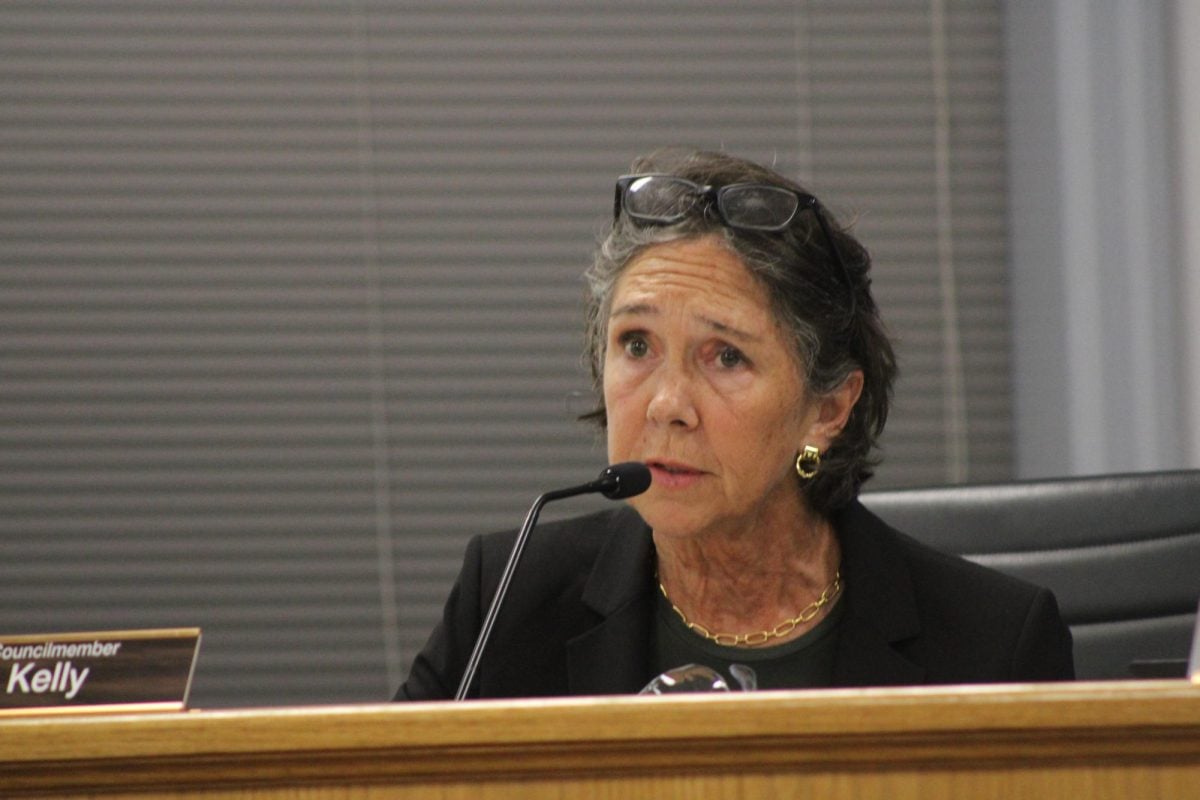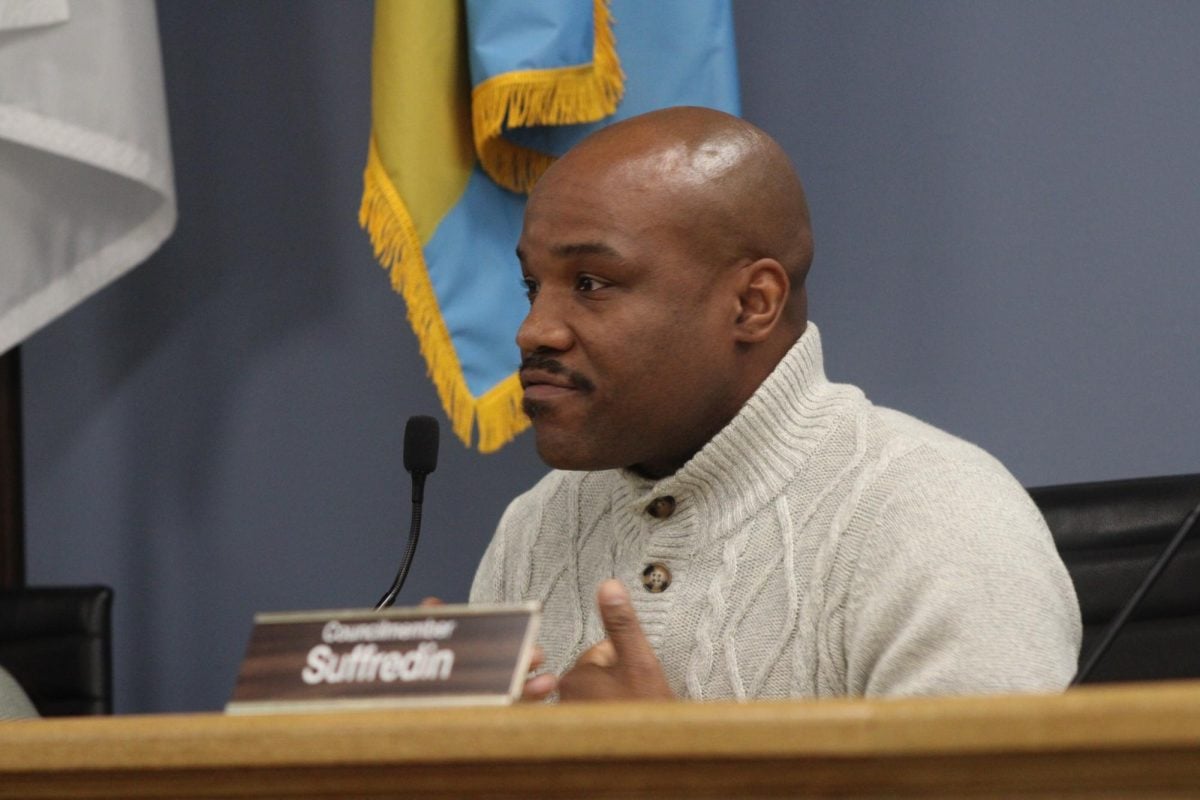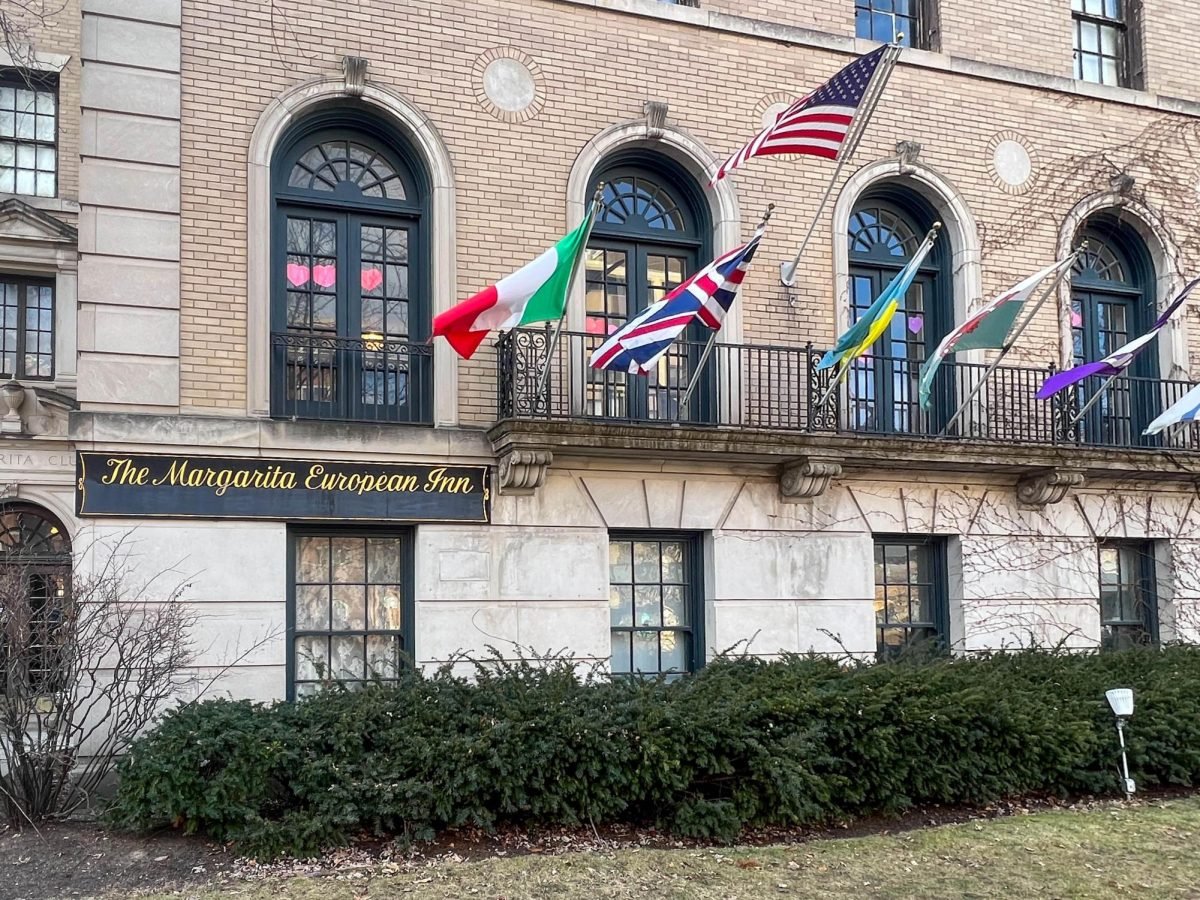Prioritizing arts in schools and improving communication among arts-related groups were some ideas developed at a Saturday morning public discussion of the future of art in Evanston.
About 25 people attended the session held by evanstARTs, a collaboration among the city, the Evanston Community Foundation and the Evanston Arts Council.
“You might call this a plan to plan,” said Amina Dickerson, a nonprofit consultant who facilitated the discussion held at Northwestern’s Block Museum of Art, 40 Arts Circle Dr.
With varying opinions and backgrounds existing in Evanston, evanstARTs project leader Judy Kemp said these sessions allow members of the community to share ideas about Evanston’s arts culture, including those from the NU community.
“We want to make sure that the student population, the faculty population, the staff, the east Evanston people all have an opportunity to have one conversation that’s close to them,” Kemp said.
At Saturday’s discussion, participants broke out into small groups to discuss essential arts experiences for citizens of Evanston.
Participants in one group talked about places where people can drop in on “art in the making,” such as a rehearsal room or a ceramics studio.
Another group reiterated the importance of arts in a student’s curriculum, a reference to changes in Evanston/Skokie District 65’s delivery of arts classes.
For the second topic, the arts’ role in civic life and economic development, attendees broke up into three groups to develop ideas on economic development, fostering audiences for art and creative use of space.
One participant said the Evanston Art Center was isolated from the rest of the city, with no businesses nearby. Another argued for better communication about existing arts offerings in Metra and CTA stations.
Discussion pivoted toward talk of a downtown arts district to provide economic growth for the city. The Evanston City Council approved an architectural study in May, with funding provided in part by the National Endowment for the Arts.
The arts are already an important part of Evanston. A 2005 Evanston Community Foundation study found that work from the city’s “nonprofit creative community” contributed $25 million in direct economic benefits and $89 million in indirect and associated benefits to the city.
Saturday’s discussion wrapped up a series of five sessions held in different parts of the city, including the Fleetwood-Jourdain Community Center in west Evanston and Oakton Elementary School further south.
Though some sessions were more modestly attended than others, Kemp said discussion was “vibrant” at all of the events.
Ideas developed from the five sessions, an upcoming online survey and other stakeholder interviews will be used to develop initial recommendations that will be presented at two community meetings in November.
A final report is scheduled to be released in January.
